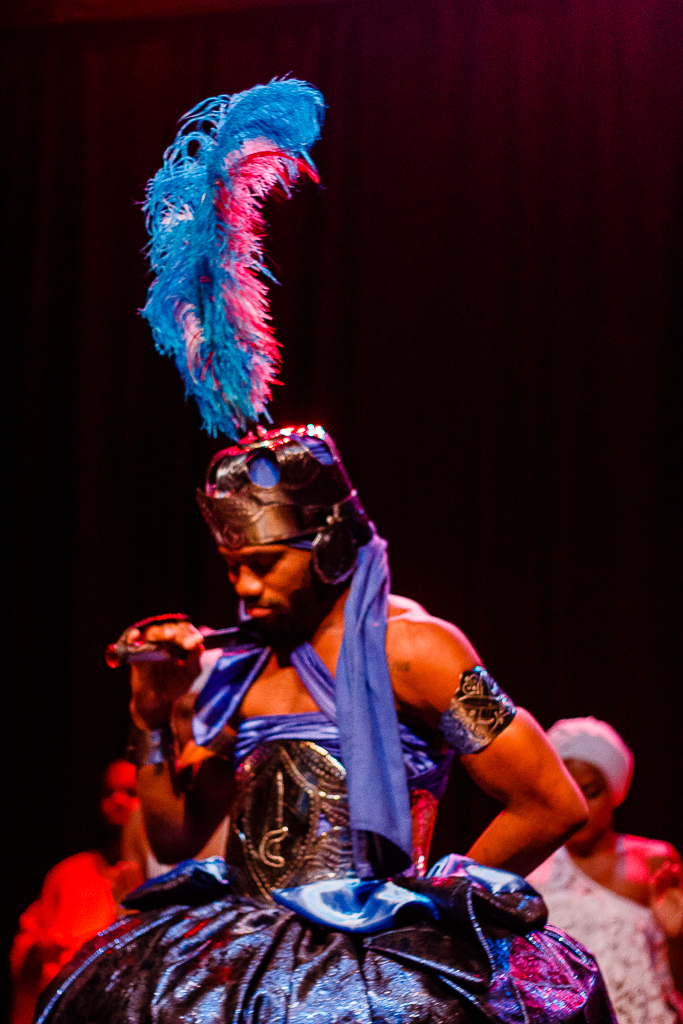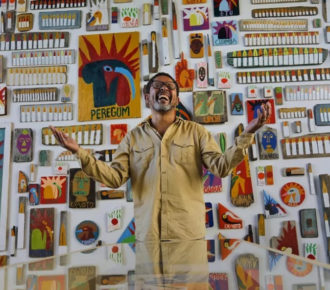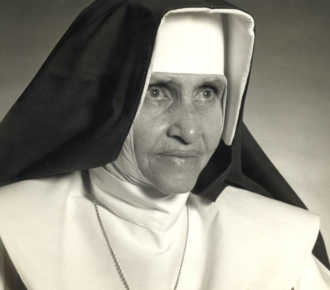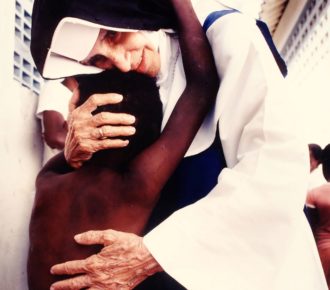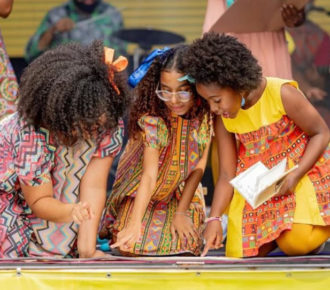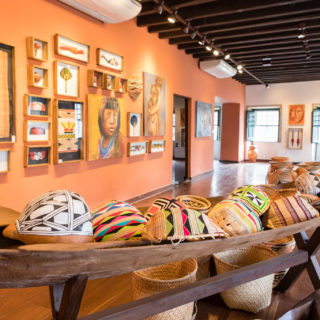
The Ballet you don’t see and the Ballet you know in a contemporary spectacle.
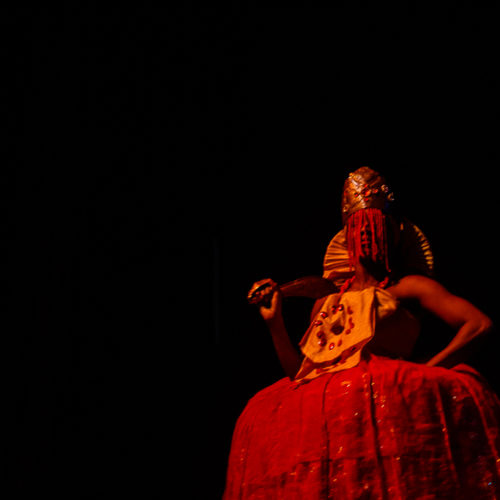
Slim Melo was a resident of Plataforma, at Salvador suburb. He took the 238, at Plataforma X Lapa bus line, and went to the Junior Course classes of the Bahia Folkloric Ballet, in Pelourinho. He graduated there, became a leading dancer, and then honed his studies in classical ballet at the Bolshoi School in Brazil. Slim won the world. He went to New York, studied the Horton and Martha Graham techniques at The Ailey School. Professionally, he has danced in companies such as The Alvin Ailey American Dance Theater, The Metropolitan Opera Ballet and Maurice Hines Musicals.
This is just one of the great Bahia Folkloric Ballet stories. Who would tell that in August 1988 would be created the one that would become Brazil’s biggest professional company of folkloric dance and that would represent us around the world with a vibrant and of precise technique dance? Walson Botelho and Ninho Reis idealized Bahia Folkloric Ballet (BFB), which, for 30 years, has spread the best of Brazil to the world, promoting at the same time the country’s reunion with its origins: popular culture, black culture, the Afro-Bahian culture, the indigenous heritage.
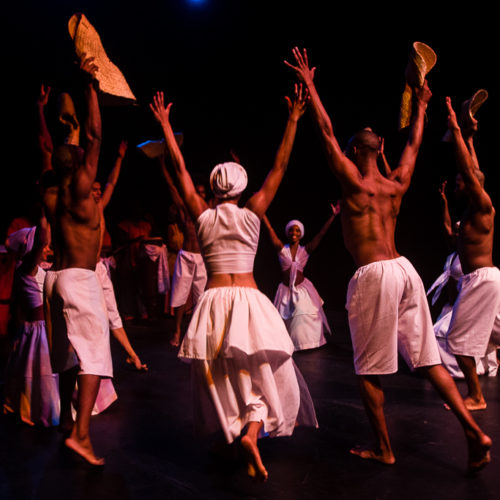
This article could spend hours describing the worldwide recognition of this award-winning Bahian company, which even gave its name to a street in Africa; or talk about either international or national tours; or when, in 2013, Atlanta’s city hall (USA) proclaimed November 1st as the “Bahia Folkloric Ballet Day” on the city’s official calendar. But no. The story is exactly about the “Ballet you don’t see”, theme of this year’s celebrations. Behind the scenes, stories like Slim’s and the unusual facts of this very representative work.
The Ballet you don’t see
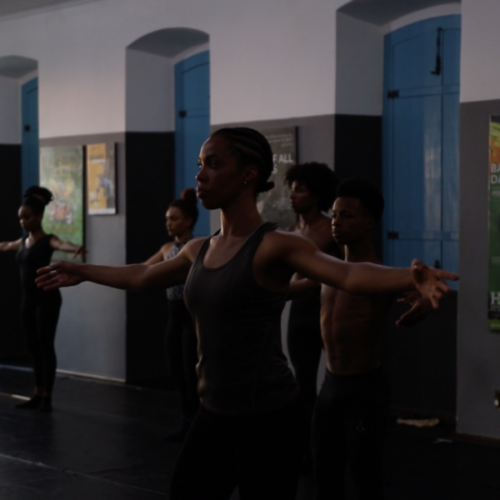
The ballet no one knows, the classroom ballet, the modern dance, the contemporary dance, the techniques. The work from classical ballet to Afro dance, to folk dance, to capoeira, to theater, to music. Some people don’t know, but all classes and projects are free. There are workshops for children, teenagers and adults. Many talents arise this way. Many of the more than 700 dancers who graduated from ballet have started this way.
“The dancer here doesn’t only come to do ‘plié’, twists and turns, he comes to attend seminars (on different subjects), he comes here to be trained also as a citizen aware of his condition and as a multiplier of his goals, of his reason for being here. The ballet that is seen (in the theater) is the colorful ballet, the atabaque, the spectacle, but the ballet you don’t see is this one in the classroom”, says the proud Director General, Walson (Vavá) Botelho.
It is exactly about these people that the next Folkloric Ballet show will talk about. A tribute to the cast itself, people that has built this story. Carlos Durval dos Santos, Slim Melo and Nildinha Fonseca have signed 3 unpublished choreographies. Durval and Slim graduated from the Bahia Folkloric Ballet and now live outside the country. Nildinha, whom Vavá affectionately calls “one of the sacred dinosaurs” of the Folkloric Ballet, is there since the beginning until today. These creations are definitely full of emotion.
Open rehearsal – constant improvement
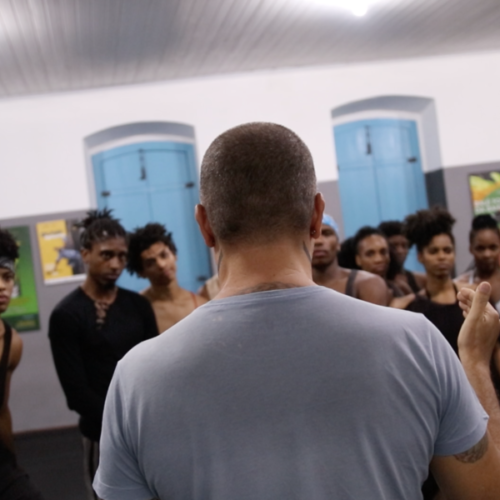
That Monday afternoon, choreographers, dancers and onlookers attended the 30-year show open rehearsal. In the “audience” (classroom) were Fátima Suarez, choreographer, dancer and director of the Contemporary School of Dance and one of Martha Graham technique leading specialists in Brazil; Nelma Seixas, choreographer and teacher at the Dance College of the Federal University of Bahia, ballerina and a great dance icon in Bahia; the Panamanian Luiz Molina, ballet dancer of the Castro Alves Theater Ballet, among other names.
With attentive eyes to every detail, was Jose Carlos Arandiba Gomes Santos, son of Ogum, an authentic god of the warriors. With a good laugh, which makes you laugh along, Zebrinha, as he is also known, smiles with his eyes. The talented Artistic Director of the BFB says proudly: “I work in two groups that are of public utility in this country, both in the educational and in the cultural part. The Folkloric Ballet for me is my political body. The Olodum Theater Group is my political voice”. Zebrinha silenced. The rehearsal was about to begin.
“It’s not a language we’re used to present in the company as a spectacle. So we are doing these open rehearsals to hear from people”, Vavá explains barefoot, already among the dancers who were preparing for the first dance.
The music begins. Ballet movements and classical music join an Afro-Brazilian culture body language. A fusion between European classics and the African matrix, with the boldness with which for ten years “Stravinsky’s Rite of Spring” has been presented. The choreography, signed by Carlos Durval Santos, is an exuberant Afro contemporary version of Ravel’s Bolero. Durval has been at Bahia Folkloric Ballet and has also won the world. He currently lives in New York as a teacher and choreographer for The Alvin Ailey Dance Theater, in which he has also served as principal dancer for many years.
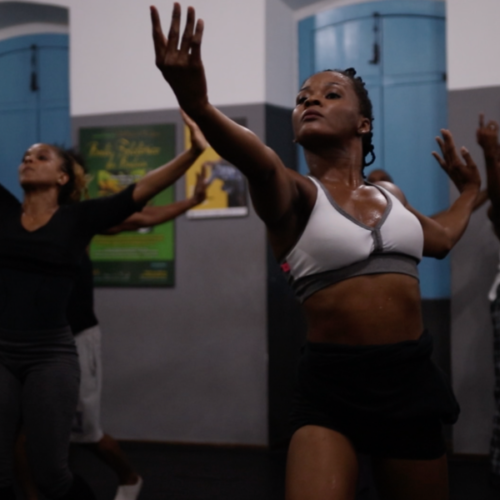
As it ends, silence and stunned stares. Strong, intense and modern. Amid the applause, Vavá already explains that the music will be worked, bringing all traces of Africanity, from Bahian music, to Ravel’s Bolero. It means that in addition to the symphony orchestra instruments, there will be berimbau, atabaque, conga, as well as the choreography already brings all this trait and trend. Meanwhile, the dancers breathe and are already positioned for the next performance.
The level of surprise remains. Urban dance, hip-hop, American black dance, Bahia pagode take the stage. Slim Melo proposes a choreography that refers to his memory of when he lived in the Lower City, in Salvador. The choreography is called 238, which, like the story from the beginning, represents the ways he has gone through, his trajectory in life. Here we see the mix of Folkloric Ballet, Platform rhythms with Harlem rhythms and Alvin Ailey’s technique. Singular, spontaneous and contemporary.
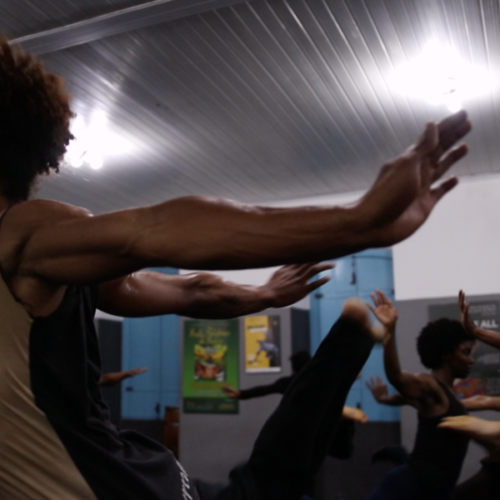
For the last presentation, everyone recovers for a visceral performance. Okan, which in Yoruba means heart, goes through the female universe, the woman’s strength, the entity oxum. Bahia Folkloric Ballet principal dancer, Nildinha, brought elements of African matrix added to femininity. It encompasses different languages like theater, dance and music. Delicate and sensual. Brave and imposing.
“… the sassy, the warrior, the one who suffers, the woman who goes through all the prejudices and problems she faces in the world nowadays. This is the reality that Nildinha wants to show, with the traditional Afro-dance language”, says Vavá.
Days after this open rehearsal, there was a presentation at Vila Velha, in Salvador. It was during “A Cena tá preta 2018”, which, this year, honored the 30 years of the Folkloric Ballet. A first-hand “rehearsal-presentation” as a gift for Olodum Theater Group, showing in its theater the three choreographies presented in the rehearsal. The audience could see the choreographies ready, but still without costume and without definitive lighting.
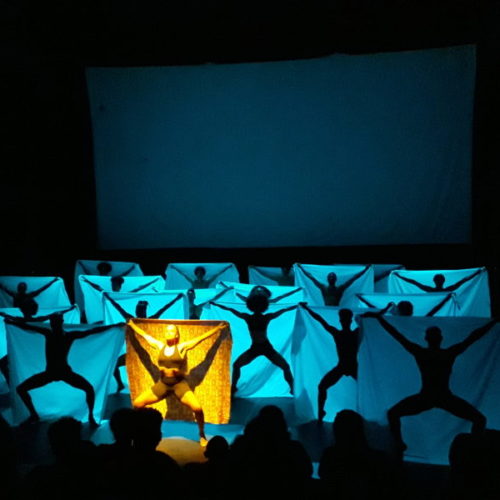
Zebrinha and Vavá received flowers and a plaque in honor of the work. Between one performance and another, Vavá told the Flokloric Ballet story. Among the curiosities, he talked about how the group started rehearsing hidden in a building under construction; he said that it has been among the longest uninterrupted running shows in the world; he also said that the company has been in more than three hundred cities and 24 countries. It is very interesting getting to know another side of this ballet, which made the Miguel Santana Theater, its headquarters in Pelourinho, a must stop for visitors from all over the world.
Service
All courses and workshops are free in the afternoon and evening, open to all. Junior ballet, for children between 5 and 14 years old, on Mondays, Wednesdays and Fridays, from 1 pm to 3 pm. In the workshops for adults, for those who want to dance, on Mondays and Wednesdays, from 8 pm to 10 pm, all year long.
The Show in celebration of the 30 years has two acts. The first one, with 3 unpublished choreographies – Ravel’s Bolero, 2.3.8 and OKAN. The second one, with two reassemblies, signed by Nildinha Fonseca: Herança Sagrada – A Corte de Oxalá e Rapsódia Brasileira (Sacred Heritage – The Court of Oxalá and Brazilian Rhapsody). The “official” presentation will be at Castro Alves Theater, but due to lack of sponsorship, there is no definite date yet.
We’ve prepared a perfect playlist for this experience. Listen now!

